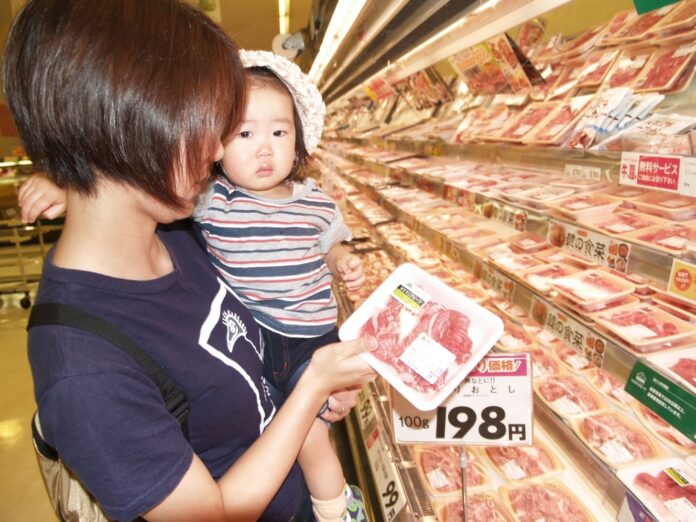Global red meat demand is expected to be influenced by the cost of living pressures as consumers navigate high expenses on essentials like housing, transportation, and energy. According to the International Monetary Fund, global headline inflation is projected to decline from 9.4 percent year-on-year change in the third quarter of 2022 to 4.2 percent in 2025 and 3.6 percent in 2026. Despite this decline in inflation, consumer outlook for the economy remains relatively unchanged, with optimism for the year ahead yet to return to pre-COVID levels.
MLA conducts an annual Global Consumer Tracker study across key export markets to analyze consumer behaviors, attitudes, and preferences related to red meat. The 2024 results revealed that two in three global consumers have altered the way they purchase imported red meat by reducing frequency, portions, and opting for cheaper cuts. This presents opportunities for producers to cater to consumer preferences by offering a variety of cuts to suit different budgets and shopper needs.
Pre-prepared red meat options, such as pre-marinated meat, provide convenience for shoppers looking to save time in the kitchen while also introducing new flavors. Lamb chops and cutlets, perceived as more approachable than a lamb roast, may attract shoppers less familiar with lamb, highlighting the importance of having a range of cuts available. Additionally, environmental sustainability has become increasingly important to consumers, with many markets placing importance on sustainability as part of the product offering.
In terms of consumer drivers for purchasing proteins, emotional factors like taste, enjoyment, and tenderness are key considerations. Consumers are becoming more discerning in their purchases, seeking a balance of value and high-quality eating experiences. Australian red meat, with its quality credentials and MSA grading standards, holds a competitive advantage in the global market.
In the United States, shifts in consumer spending behavior have led to a reduction in dining out, with a focus on healthier offerings in more upscale dining environments. Fast-casual chain stores like CAVA, Chipotle, and Sweetgreen have experienced double-digit growth, emphasizing the value consumers place on healthy options. In the retail sector, the grassfed beef segment has seen significant growth due to consumer perceptions of health and sustainability, highlighting the value consumers associate with this product.
By staying informed about key export markets and understanding evolving consumer demands for quality, sustainability, and value, Australian red meat producers can innovate and adapt to meet consumer needs in a challenging economic landscape. Keeping a pulse on market trends and consumer preferences will be crucial for success in the global red meat industry.


